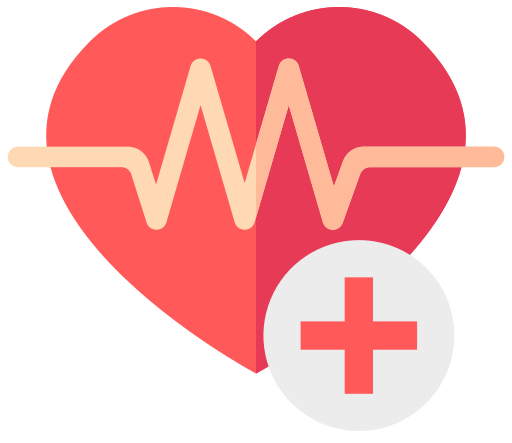In today's fast-paced world, achieving and maintaining good health has become a top priority for many individuals. While there are numerous diets and wellness routines to choose from, one that has gained significant popularity is the Pilates diet. This comprehensive approach to nutrition and fitness focuses on strengthening the body, improving flexibility, and cultivating a deep mind-body connection. In this article, we will delve into the intricacies of the Pilates diet, exploring its diagnosis and treatment options. Additionally, we will uncover the symptoms and causes associated with this unique dietary approach. Finally, we will discuss the benefits and challenges of adopting the Pilates diet as a holistic approach to overall wellness. Whether you are a seasoned Pilates enthusiast or simply curious about this revolutionary way of nourishing the body, this article will provide you with the necessary tools and knowledge to embark on a transformative and fulfilling journey towards optimal health.
1. "Understanding the Pilates Diet: A Comprehensive Overview of Diagnosis and Treatment"
The Pilates diet is a holistic approach to nutrition and wellness that complements the Pilates exercise method. It focuses on providing the body with the right balance of nutrients to enhance physical performance, promote overall health, and achieve optimal body composition. In this comprehensive overview, we will delve into the diagnosis and treatment aspects of the Pilates diet, shedding light on its symptoms, causes, and the approaches taken to address them.
Diagnosis plays a crucial role in understanding the specific dietary needs of individuals practicing Pilates. A qualified nutritionist or dietitian may conduct a thorough assessment by considering factors such as body composition, energy expenditure, and individual goals. Through this diagnosis process, the nutritionist can identify any nutrient deficiencies, imbalances, or potential food sensitivities that may be hindering progress or impacting overall well-being.
Once a diagnosis is made, the treatment phase begins, tailored to the individual's requirements. The Pilates diet emphasizes consuming whole, unprocessed foods that are nutrient-dense and rich in vitamins, minerals, and antioxidants. It aims to eliminate or reduce the intake of refined sugars, unhealthy fats, and artificial additives that can negatively impact the body's functioning.
A key component of the Pilates diet is maintaining a balanced macronutrient ratio. This typically involves consuming a moderate amount of carbohydrates, adequate protein, and healthy fats. Carbohydrates provide the body with energy for physical activity, while protein supports muscle repair and growth. Healthy fats,
2. "Unveiling the Symptoms and Causes of the Pilates Diet: What You Need to Know"
The Pilates diet has gained popularity in recent years as a holistic approach to health and wellness. While it may sound similar to the well-known exercise regimen, the Pilates diet focuses on nutrition and aims to improve overall well-being. To fully understand the Pilates diet, it is essential to delve into its symptoms and causes.
Symptoms of the Pilates diet can manifest in various ways, affecting individuals differently. One common symptom is increased energy levels. People who adhere to the Pilates diet often report feeling more energized throughout the day, which can lead to increased productivity and a general sense of well-being.
Another symptom that frequently accompanies the Pilates diet is weight loss. This diet emphasizes consuming whole, nutrient-dense foods while avoiding processed and refined options. By making these dietary changes, individuals may experience weight loss over time. However, it is important to note that weight loss is not the primary goal of the Pilates diet but rather a positive side effect of adopting a healthier eating pattern.
Improved digestion is yet another symptom associated with the Pilates diet. By focusing on consuming foods that are rich in fiber, such as fruits, vegetables, and whole grains, individuals may experience better digestion and reduced bloating. This can lead to increased comfort and overall gastrointestinal health.
Now, let's explore the causes behind these symptoms. The Pilates diet is primarily based on the principles of mindful eating and balanced nutrition. By following this dietary approach, individuals are encouraged to
3. "Exploring the Benefits and Challenges of the Pilates Diet: A Holistic Approach to Wellness"
The Pilates diet is not just about weight loss or restriction; it is a holistic approach to wellness that focuses on nourishing the body, mind, and spirit. By adopting this diet, individuals can improve their overall health and well-being. However, like any other diet, the Pilates diet also comes with its own set of benefits and challenges.
One of the key benefits of the Pilates diet is its emphasis on whole and natural foods. The diet promotes consuming nutrient-dense foods such as fruits, vegetables, lean proteins, and whole grains. These foods are rich in vitamins, minerals, and antioxidants that support optimal health and reduce the risk of chronic diseases. By eliminating processed and refined foods from the diet, individuals can experience increased energy levels, improved digestion, and enhanced immune function.
Another advantage of the Pilates diet is its focus on portion control. The diet encourages individuals to listen to their bodies and eat until they feel satisfied, rather than overeating. This approach helps individuals develop a healthier relationship with food and prevents mindless eating. By practicing portion control, individuals can maintain a healthy weight and prevent obesity-related health issues.
Additionally, the Pilates diet promotes mindful eating. It encourages individuals to pay attention to the taste, texture, and smell of their food, as well as the sensations of hunger and fullness. By being present during meals, individuals can better recognize their body's cues and eat in accordance with their true hunger levels. Mindful

